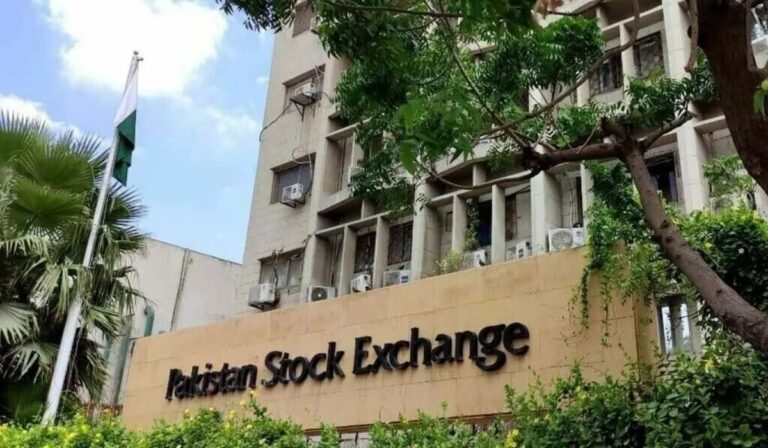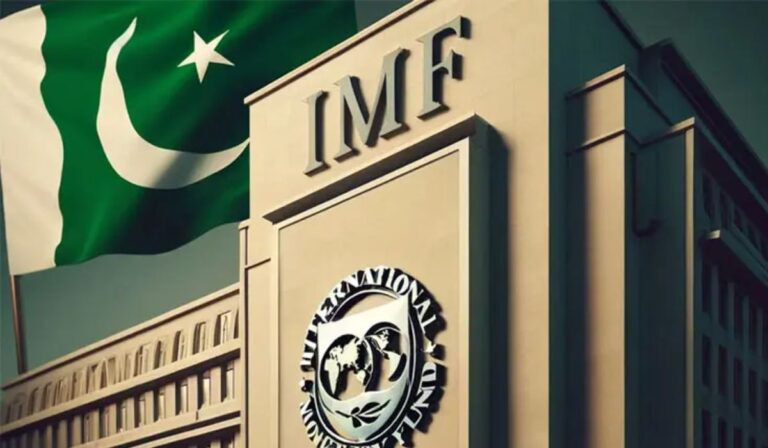Gwadar to Join China, Iran, Turkiye Trade Corridors
Pakistan and China have agreed to connect Gwadar Port with Islamabad – Turkiye – Iran Rail and Road Corridors to boost regional trade under a five-year maritime action plan for 2025–2029.
Sources told NewzTodays that Pakistan and China are set to finalize the five-year maritime action plan for 2025–2029 for regional trade corridor development.
Under the plan, Gwadar will be developed as a trade hub for CARs, Afghanistan. West Asia with transshipment.
Pakistan and China have also agreed to develop 15 industries in the North Free Zone. The industries included a seafood processing plant, a dates processing plant, a tuna processing plant, petrochemical processing plant. Two sides also had plans to relocate car manufacturing plants and other industries from China.
Meanwhile, Federal Minister for Maritime Affairs, Muhammad Junaid Anwar Chaudhry, has reaffirmed Pakistan’s commitment to deepening maritime cooperation with China, aiming to position Gwadar as a key regional hub for trade and connectivity.
Chairing a meeting on the five-year maritime action plan for 2025–2029, Junaid Chaudhry outlined the framework’s focus on advancing marine economy development, sustainable resource use, scientific research, and environmental protection under the China–Pakistan Economic Corridor (CPEC).
Describing the initiative as vital for linking Pakistan with Afghanistan, Central Asia, the Middle East, and Africa, the minister highlighted major infrastructure projects such as Gwadar Port expansion, completion of Free Zone Stage II, and fast-tracking East Bay Expressway Phase II to boost accessibility. Integration of the New Gwadar International Airport with the port was also prioritized to enhance multi-transit connectivity.
The framework encourages the adoption of electronic data interchange and smart port technologies to connect Gwadar with Chinese and global shipping networks. It also includes the development of port-related industries, warehousing, and cold storage facilities to facilitate regional trade and transshipment.
Beyond infrastructure, the plan promotes science, industry, and tourism cooperation, including joint marine science research centers, CPEC Industrial Parks for fisheries, shipbuilding, and aquaculture, plus maritime tourism ventures like cruises and water sports along Balochistan’s coast.
Education and sustainability are cross-cutting priorities, with academic partnerships and training exchanges between Pakistani and Chinese institutions to develop skilled manpower in logistics, port operations, and fisheries. The plan aligns with Belt and Road’s ‘green energy & ocean’ goals to balance growth with environmental protection.Govt to set up company for Gwadar Port in Pakistan
Junaid Chaudhry emphasized that the 2025–2029 Action Plan demonstrates Pakistan’s resolve to build a resilient maritime economy and consolidate strategic ties with China, strengthening Pakistan’s maritime presence and advancing shared prosperity under the CPEC framework.








